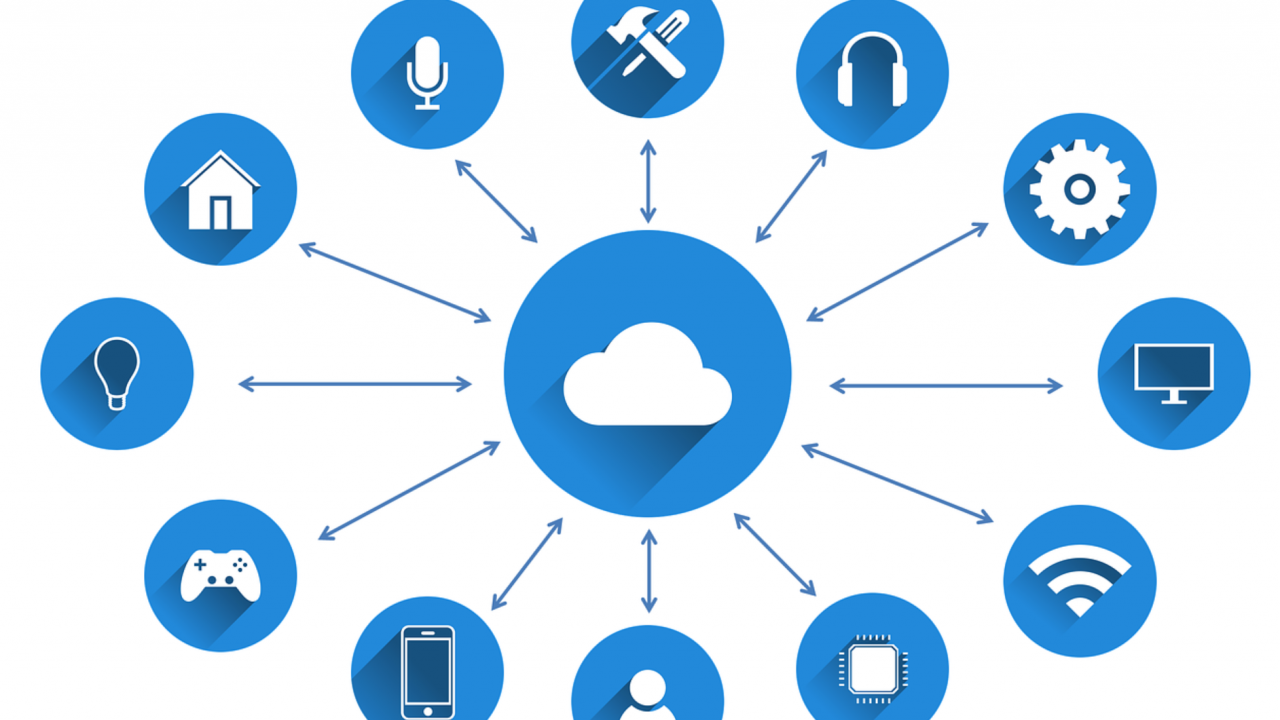The Hybrid Cloud Trends We Expect to See in 2019

It won’t surprise anyone to say that cloud usage is going to continue to grow in 2019. A recent Gartner projection estimated that the cloud market will hit $206 billion in 2019 up from $175 billion in 2018 and $145 billion in 2017. Likewise, IDC research shows that almost half of IT spending in 2018 was for the cloud. These estimates include both public cloud and hybrid cloud implementations. However, not all businesses can adopt the public cloud’s one-size-fits-all type of solutions. The hybrid cloud has proven to be an effective intermediate step that enables a business to combine the best of both worlds by leveraging their existing infrastructure investments and technologies and combining them with flexible and expandable cloud resources. Let’s have a look at some of the biggest hybrid cloud trends to expect for 2019.
The cloud market will continue to be dominated by Amazon and Microsoft
While IBM made some significant hybrid cloud announcements in 2018 with their Red Hat acquisition, there’s no doubt that the cloud will continue to be dominated by Amazon AWS and Microsoft Azure. According to a recent Cloud Security Alliance (CSA) report, Amazon AWS was the leading public cloud infrastructure platform running 41.5% of application workloads. Azure was in the number two spot with 29.4%. Google Cloud Platform was a distant third with 3.0% followed by IBM with 2.6%. While Azure is growing quickly don’t expect this hierarchy to change much through 2019.
Hybrid cloud offerings will continue to grow
There’s every reason to think that the hybrid cloud market will continue to expand. Gartner has stated that a massive shift to hybrid cloud services has been underway for the past couple of years. Even though the cloud offers several economic advantages, businesses cannot afford to simply dump their significant investments in on-premise infrastructure and business models. No doubt because of their significant on-premise enterprise customer base, Microsoft quickly recognized the importance of the hybrid cloud and cloud-enabled many of their on-premise server solutions and have simultaneously enabled many of their cloud services to work with on-premise solutions. Expect to see this trend continue. Even Amazon, who began with a lift-and-shift pure public cloud position has seen the value of hybrid solutions and in partnership with VMware have begun to move into the hybrid cloud space with their new Amazon Outposts offering.
Backup and Disaster Recovery will continue to be the main hybrid cloud drivers
Backup and Disaster Recovery (DR) will remain two of the main drivers behind hybrid cloud adoption. Using the cloud as a backup target enables businesses to leverage the advantages of low-cost cloud storage as well as providing an offsite backup copy that helps them to meet the 3-2-1 backup rule (3 backup copies, 2 different types of media, 1 copy offsite). Amazon AWS, Microsoft Azure and several ISV backup solution providers offer backup services that can back up both on-premise systems as well as cloud-based VMs.
DR will also continue to drive hybrid cloud adoption through 2019. Many businesses that can’t afford physical DR sites can afford to use the cloud as a DR site — enabling DR capabilities where it might not otherwise be feasible. Likewise, expect to see a continued uptake in the use of Disaster Recovery as-a-Service (DRaaS) through 2019. DR is a complex and resource intensive activity and DRaaS can take much of the heavy lifting out of the DR process. Both Amazon AWS and Microsoft Azure offer DRaaS.
The Rise of Hybrid and Multi-Cloud Management
Managing the hybrid cloud can be challenging with different management portals for local infrastructure and cloud administration. There’s no doubt that 2019 will see an increase in seamless hybrid cloud management solutions that enable on-premise and cloud management. In 2019 more businesses will begin using solutions like VMware’s vRealize Suite and Microsoft’s new Window Admin Center that enable you to manage local and cloud resources using a single pane of glass.
Related Article:



